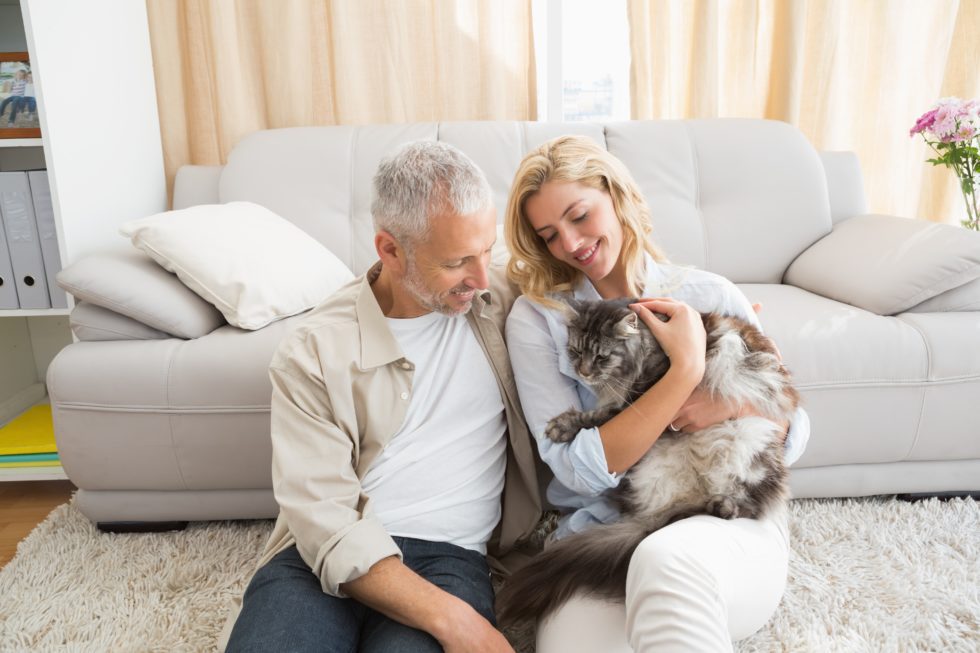How to Prepare Your Pet for a Veterinary Visit

Your veterinary team needs your help to make your pet’s visit as Fear Free as possible. One thing you can do is to ensure that your pet gets to the veterinary hospital in a calm state of mind. The following tips will help you, and your pet arrives in one piece and in peace.
Preparing for the Visit
- Hungry is good. If medically appropriate, reduce the amount of food your pet eats before a veterinary visit. This can help prevent nausea with car travel as well as make the treats at the veterinary visit more appealing.
- Treat bonanza. Bring 50 to 100 of your pet’s favorite treats but in tiny amounts. Cut them up if necessary. Does your pet like a variety of treats? Bring an assortment! Even your cat’s canned food might do the trick. Treats should be no larger than half a pea or a single lick. You might not use all of them, but it is better to have too many than not enough.
- Favorite toys and a grooming brush. Bring some familiar items your pet likes. This will help your pet relax in the veterinary hospital. The veterinary team may ask you to use these items to help distract your pet during the visit.
- Towel, shirt, blanket, or bed sprayed with species-specific calming pheromones or lavender. Commercially available calming pheromones can help promote relaxation. The scent of lavender has been shown to have a calming effect on dogs during car travel. An item that smells like homes, such as a blanket your pet sleeps on or a T-shirt you’ve worn, can also provide comfort for your pet. For dogs, consider spraying a bandana with a calming pheromone and placing it on your dog’s neck. When you use pheromone sprays, allow the pheromone to dry for 10 to 15 minutes before exposing your pet to the sprayed item.
- Make sure your pet is acclimated to a carrier, crate, or seatbelt harness and is not stressed by travel confinement.
- Provide your pet with an opportunity to relieve himself prior to leaving your home and again before you go into the clinic. Nothing escalates stress more than having a full bladder or colon and no access to a bathroom.
- Budget plenty of time to avoid being rushed. If you are stressed, your pet will be too.
- If your veterinarian has prescribed any anti-nausea or anti-anxiety supplements or medications, make sure to give them as prescribed.
- Talk to your veterinarian if you think anti-nausea or anti-anxiety supplements or medications would help your pet have a more pleasant veterinary experience.
Acclimating Your Cat or Dog to Travel Confinement
Make sure your pet is comfortable with confinement for travel. Carriers for cats and small dogs or crates or seatbelt harnesses for medium-sized to large dogs are safe options for car travel. Use yummy treats to condition your dog to wear a seatbelt harness. Keep the carrier/crate out in commonly used areas of the house at all times and incorporate some of these techniques to create a carrier/crate oasis: put your pet’s favorite toys or bedding near or in the carrier/crate; play with your pet near the carrier/crate; place a pheromone-infused towel or bed or an object of clothing permeated with your scent inside the confinement area; place treats, catnip (for our feline friends), or a rubber food puzzle toy with canned food inside the carrier; and feed your pet in or near the carrier/crate. Let your pet enter on his/her own. You can teach your pet to enter the carrier/crate on cue to earn a food reinforcement or toss a treat or toy into the carrier/crate. Need help? Ask your veterinarian who he or she recommends for Fear Free training.
About Us
Pet’s Favorite Vet, founded by Dr. Caroline Cofer in 2021, offers Fear Free pet care with warmth and empathy. Our team provides low-stress handling for anxious pets and features a Play Place for cat and dog boarding, daycare, bathing, and a dog park.
